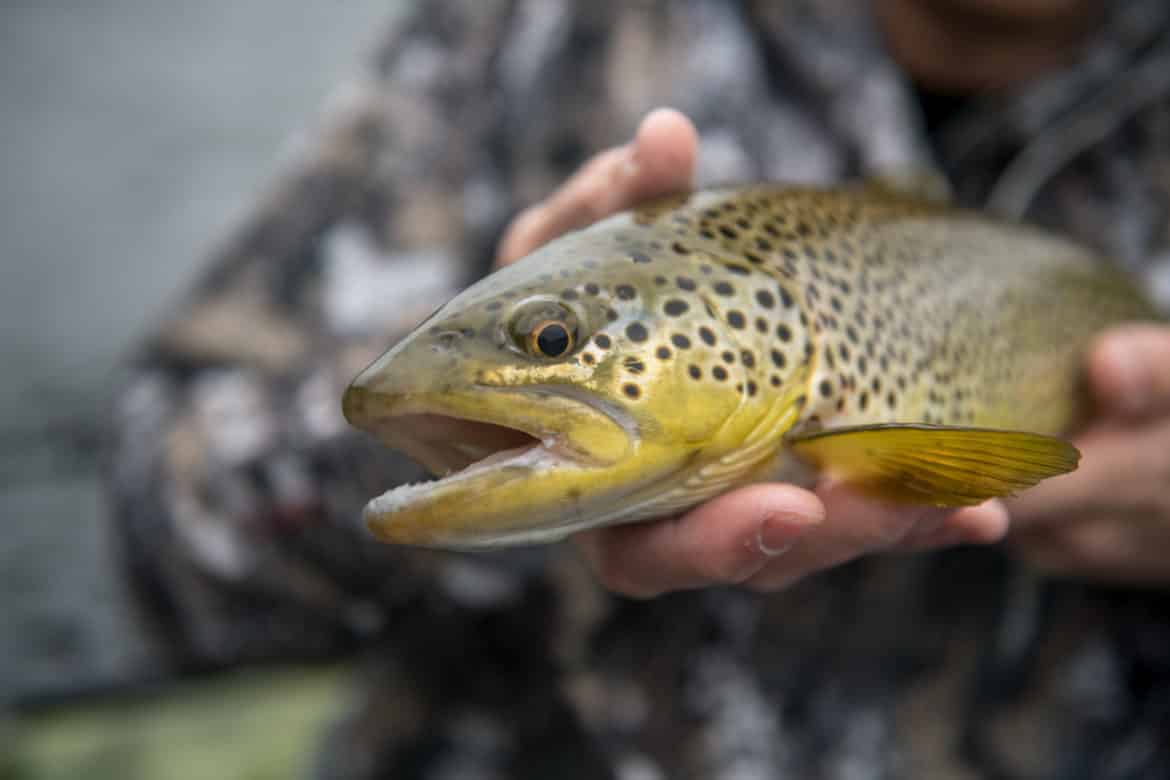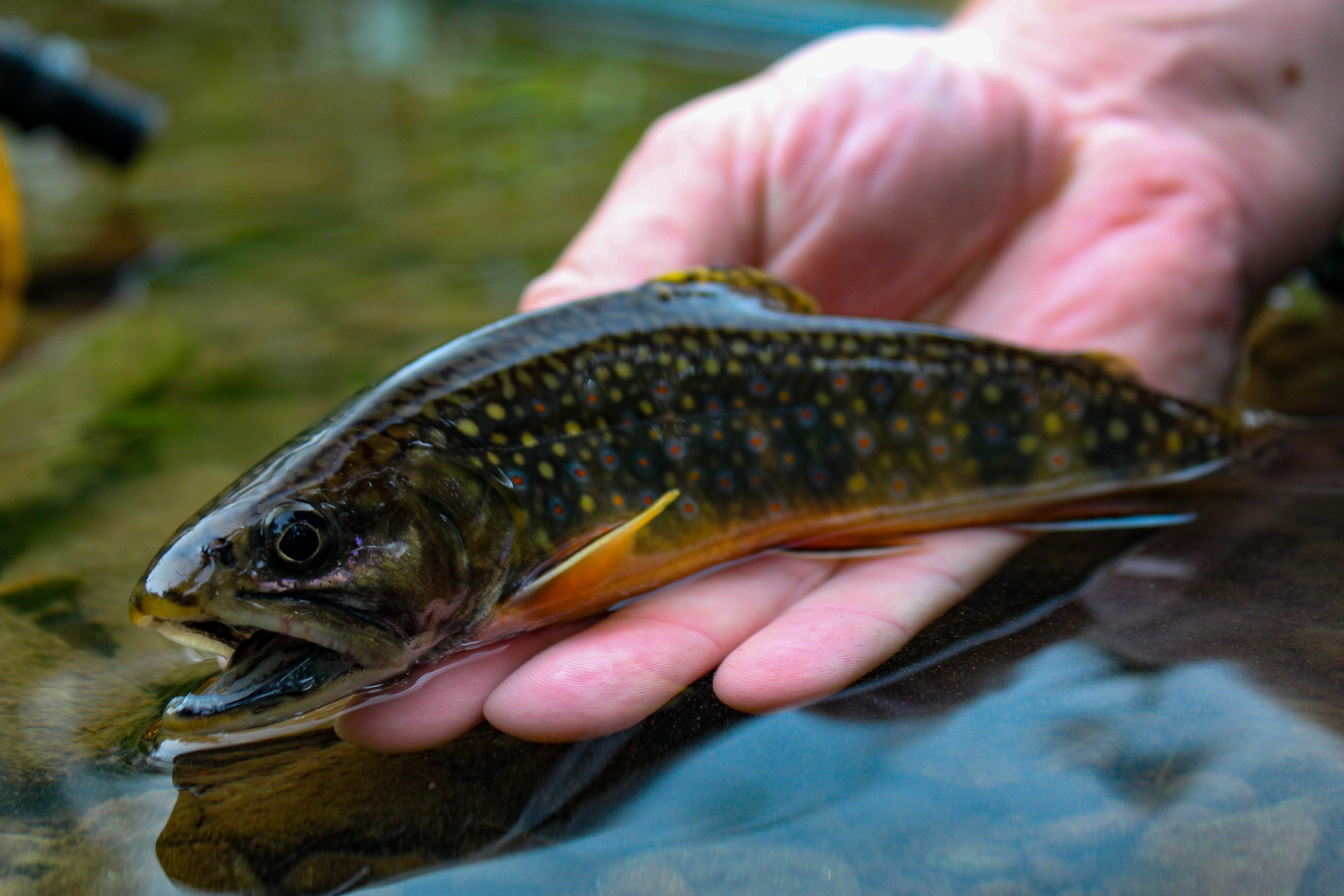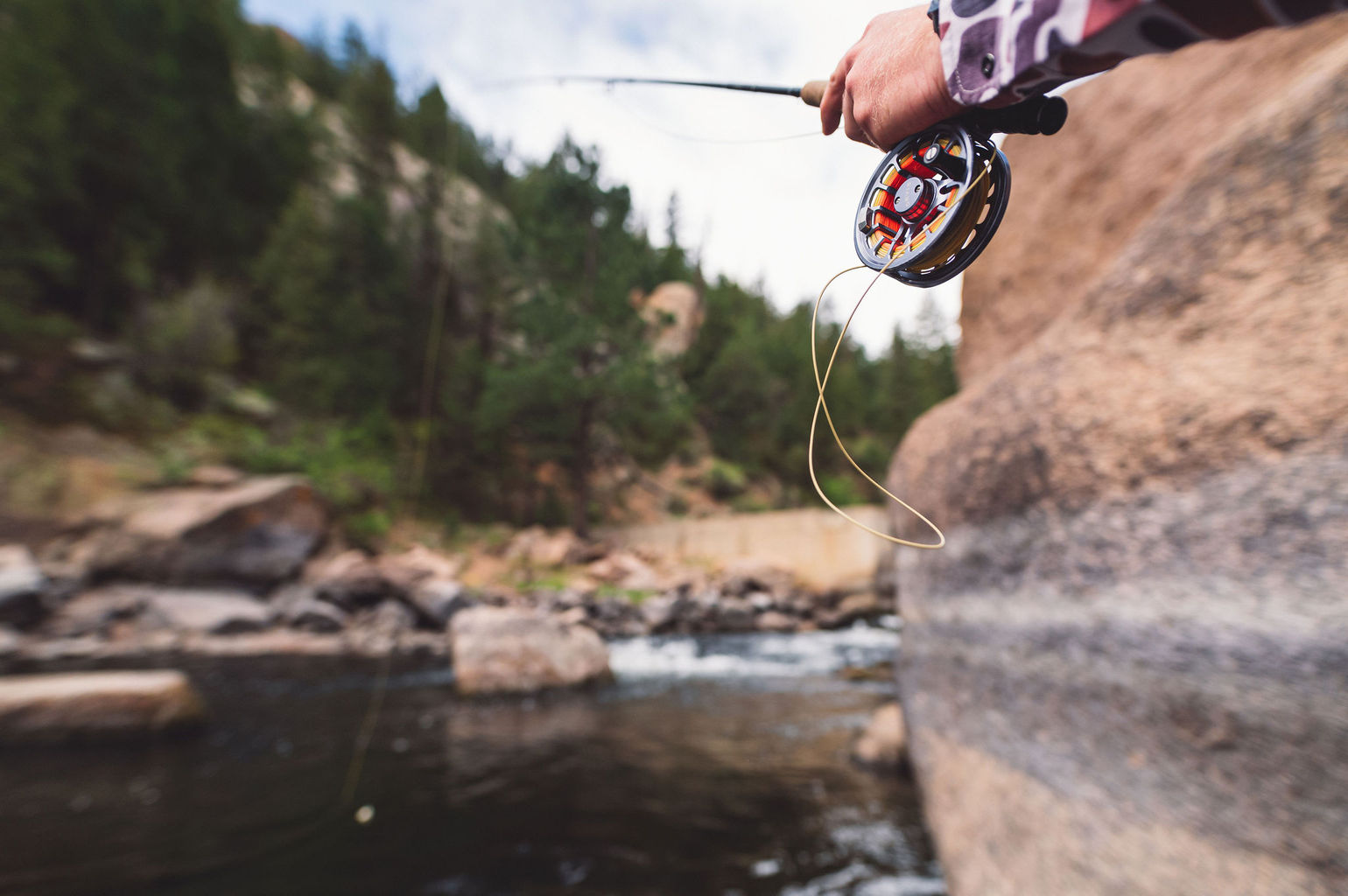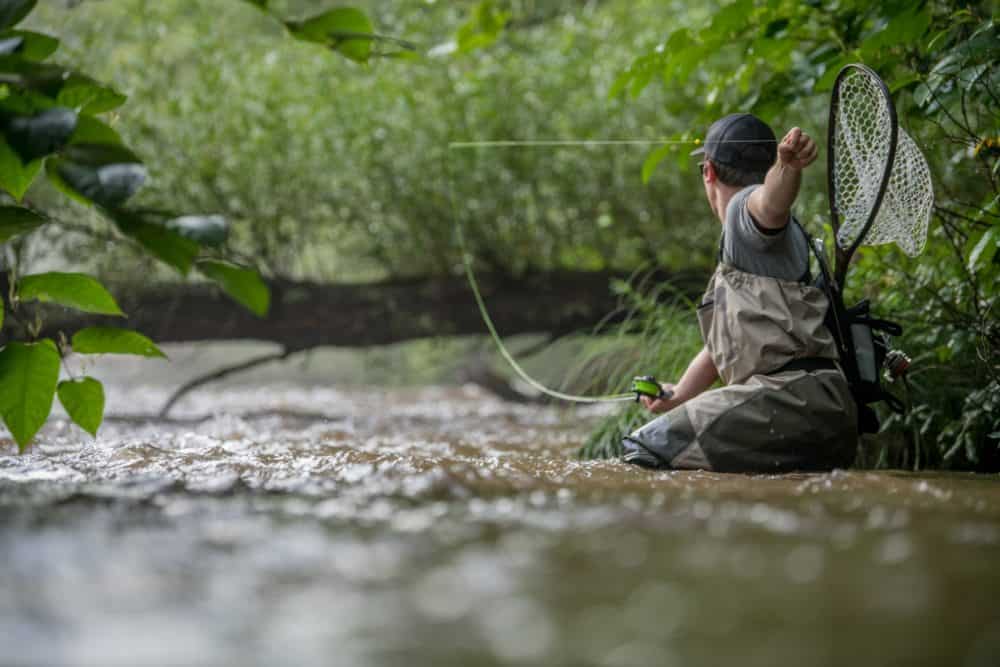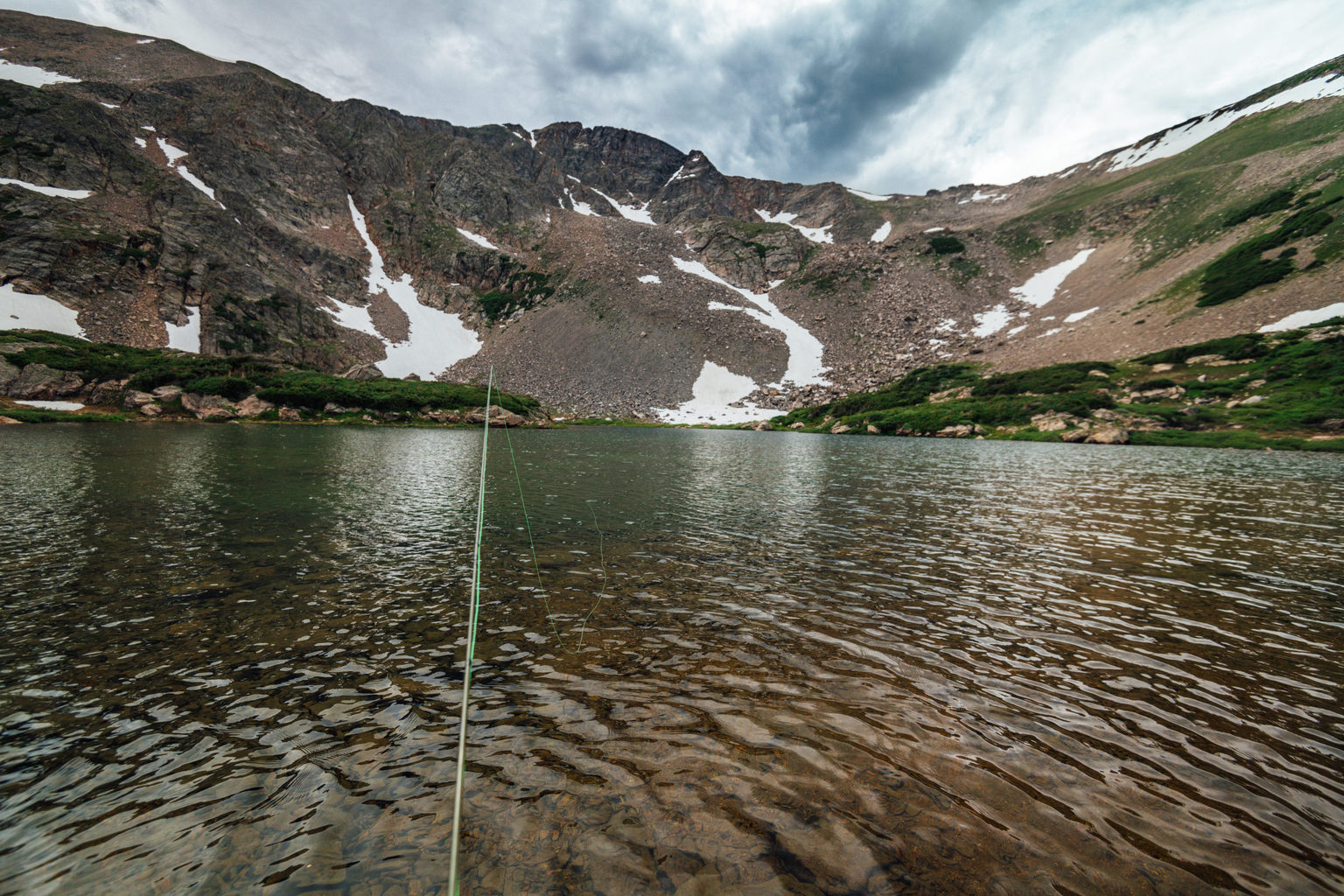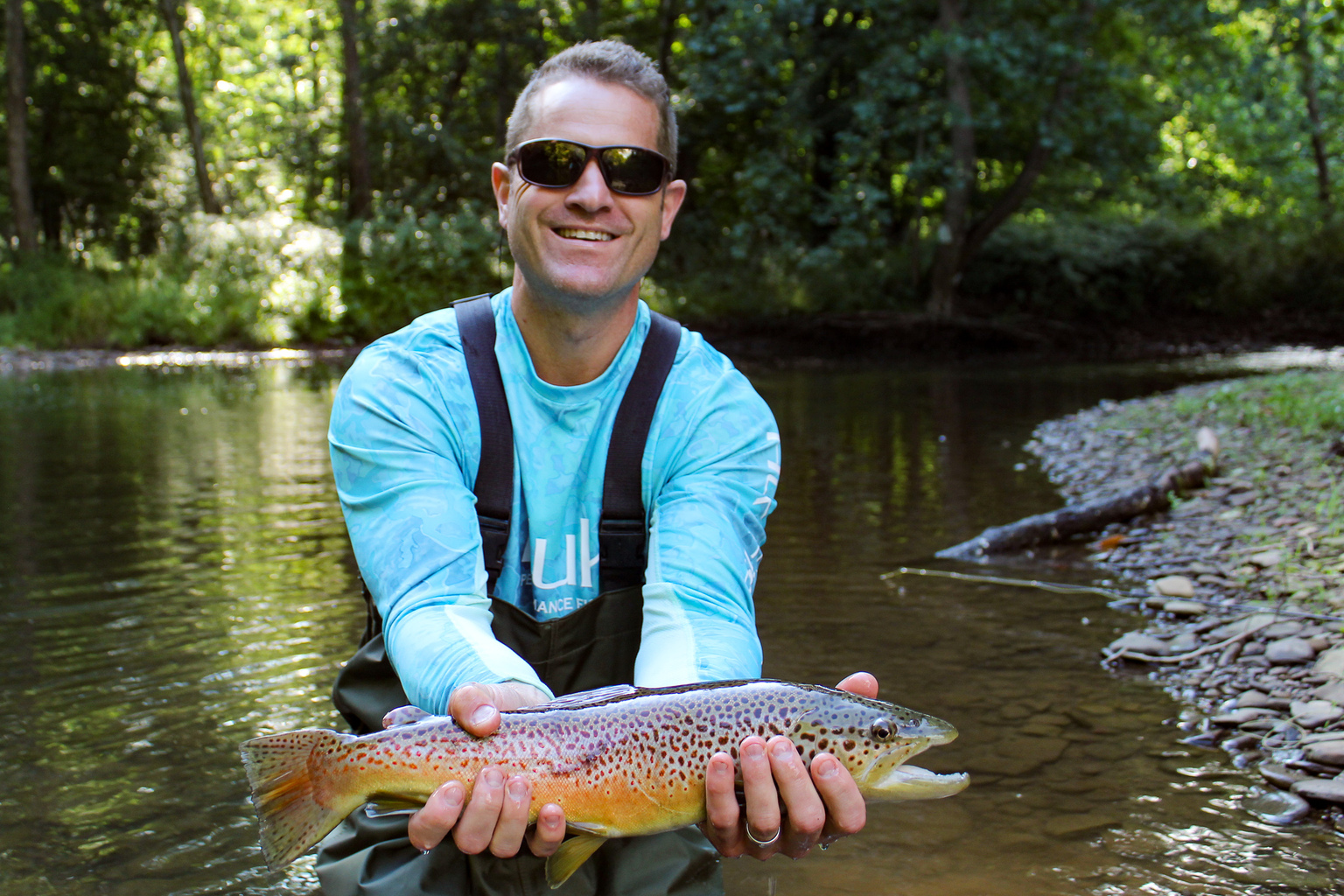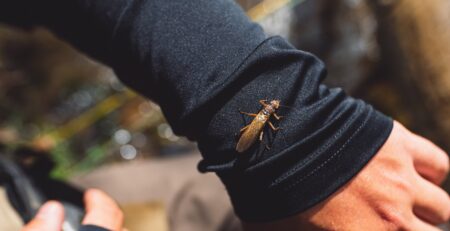How to Rig a Double Nymph Setup
Two nymphs are a great way to cover more water and show trout multiple patterns, but it can be a major pain unless you know how to rig it correctly!
On most guide trips clients will immediately make a comment about a multi-nymph setup and how it’s something they wouldn’t normally try on their own. With two flies the chance of a snarled mess increases, and no one wants to spend their fishing time sitting on the bank staring at a bird’s nest of tippet, weights, and hooks. There’s no doubt that adding more hooks to a rig can raise the chances of this scenario, but there are ways to set things up to decrease that likelihood and make your rig that much deadlier!
One of the best inventions for fly anglers is the tippet ring, and it’s a critical part of the double nymph rig. It’s tied at the end of your leader, and for this example let’s call it a 4X, 7.5-foot. The tippet ring tied at the end of the leader makes for the perfect anchor point to set weights, and it also serves as the junction from which your flies are tied on. From that ring, tie on about 12-15 inches of tippet, usually staying at the same size as your leader or tapering down, so in this case it would be either 4X or 5X. At the end of that tippet section your first fly is attached, with another section of tippet tied on the bend of the hook, again keeping with that 12-15 inches. A second nymph is then tied on to the second section of tippet, creating a rig consisting of a leader, tippet ring, 12-15 inches of tippet with fly number one, then 12-15 inches of tippet with fly number two.
Spacing
The spacing of the flies in the example above is critical for avoiding tangles. Flies tied too close together have a higher tendency to drift closer together, and even hitting each other which can be the start of a mess. That length of tippet keeps the flies spaced appropriately and helps ensure that even if one fly gets snagged, the other is often free of the rock or wooded debris. It’s not a foolproof system, and there will certainly be times where the whole rig gets buried in a log or under a large rock, but the idea of nymphs is to be fishing at or near the bottom so those snags just come with the territory! The tippet ring is also a critical part of the process that helps limit the mess. In the event a fly is helplessly snagged with no hope of retrieval, more often than not the rig will break somewhere below the tippet ring, thus limiting the damage done and time that has to be spent re-rigging.
Tippet Rings
Another strategy for using a double nymph rig highlights the importance of the tippet ring even more. It starts with the same idea: the ring tied on at the end of the leader with 12-15 inches of tippet attached from the ring down to your first fly. What changes is the placement of the second fly. In this scenario, instead of tying fly number two onto the first fly, tie another section of tippet from the tippet ring and use that to attach the second nymph. When trying this, the second tippet attachment is usually much shorter, say 4-6 inches off the tippet ring. This can be a killer strategy when you want one fly at or near the bottom, but another nymph somewhere closer to the middle of the water column. It’s also important to have that second tippet attachment and fly (sometimes referred as the tag fly) tied onto a lighter line. If you’re using a 4X leader and 4X tippet down to fly number one, use 5X or 6X for the shorter tag fly. That way if that second fly gets hung up, odds are it’ll break off by itself due to that lighter line and you’ll avoid blowing up the entire rig.
Weights
Experienced anglers know that most of the tangles get really bad when the weights get involved. It’s a pretty hopeless feeling when you’re staring at tippet, weights, tippet rings, and hooks all clumped together in one ball. Keeping the weights further away from the flies can help avoid this, which is where the tippet ring comes in handy again. The double nymph rig should have its weights above the ring so that they can’t slide down and sit right on top of the fly. Maintaining that distance between weights and flies should help avoid nasty tangles!
It’s no secret that trout feed on subsurface bugs a majority of the time, so it’s only natural that anglers want to fish with nymphs! After all, if that’s the insect life stage they’re feeding on, why wouldn’t you want to imitate that? There’s also no question that using two nymphs can increase your odds and make for more productive time on the water. That productivity can be diminished if the rigging is done improperly though, and no one wants to spend their fishing time sitting on the bank repairing a mess! Knowing how to properly tie a double nymph rig in such a way that limits the messes and maintains the effectiveness is the first step in mastering this setup!


